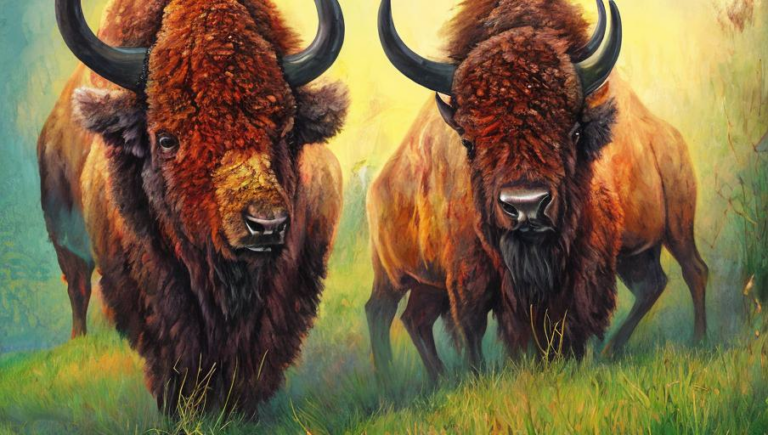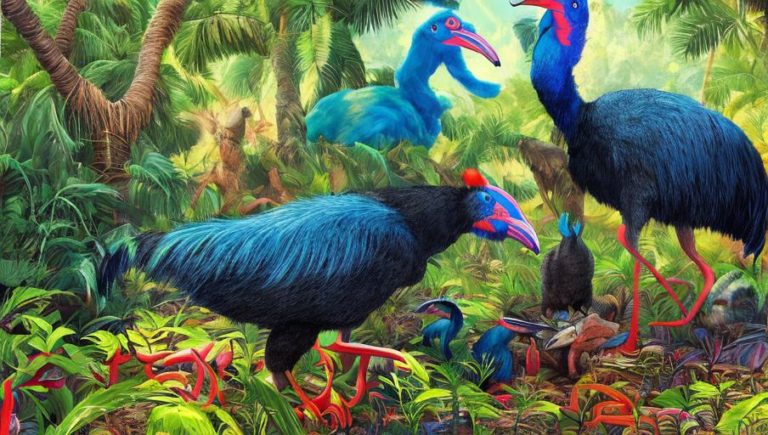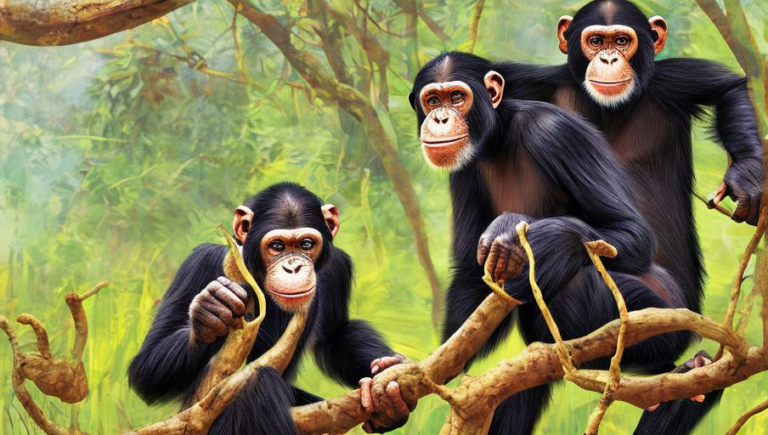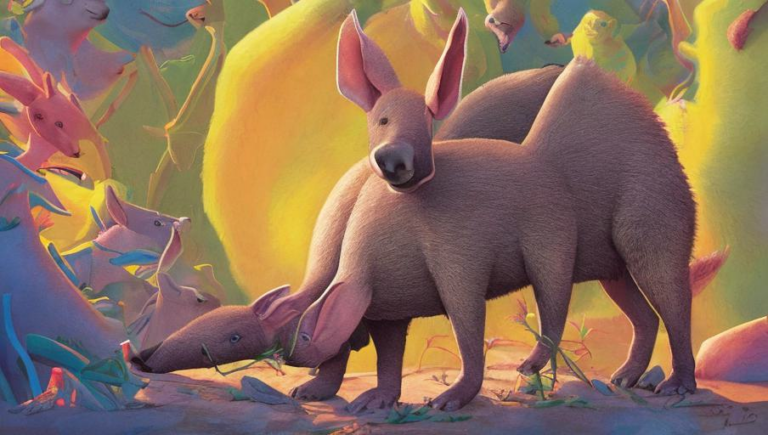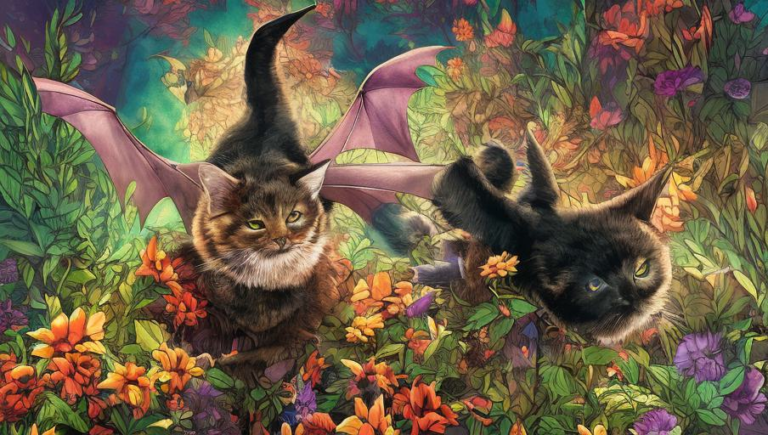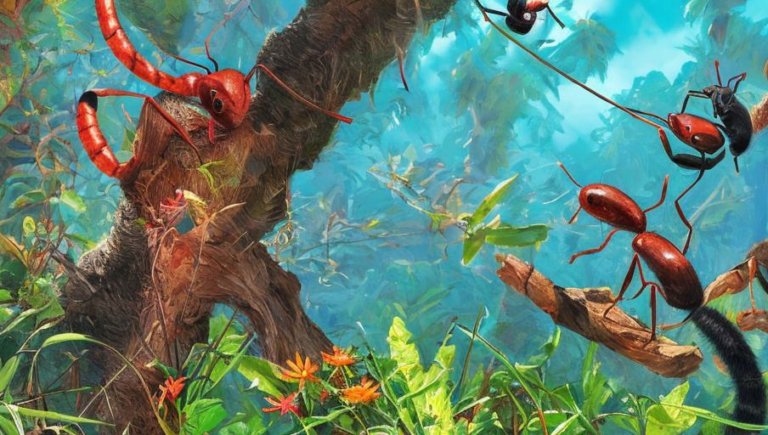Year of the Ape: Celebrating Our Primate Cousins
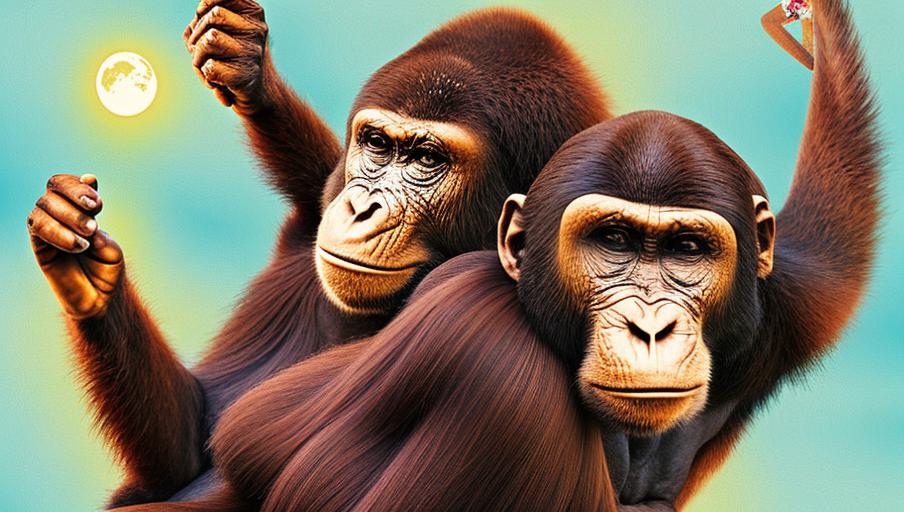
Introduction
It’s the Year of the Ape! This year, we’re celebrating our primate cousins—apes, monkeys, and other primates. From the tiny pygmy marmoset to the mighty mountain gorilla, primates have been captivating us with their intelligence, social behavior, and playfulness.
Primates can be found in a variety of habitats, from the tropical rainforests of South America to the dry savannas of Africa. Over hundreds of years, these remarkable creatures have adapted to their environments and evolved into a range of species. Let’s take a closer look at the fascinating world of primates!
Types of Primates
Primates come in all shapes, sizes, and colors. They can be divided into three main groups: prosimians, monkeys, and apes. Prosimians are the most primitive primates, and they include species such as lemurs and tarsiers. Monkeys are more advanced primates, and they include species such as macaques and baboons. Apes are the most advanced primates, and they include species such as chimpanzees, gorillas, and orangutans.
Adaptations
Each species of primate has adapted to its environment. For example, many species of monkeys have prehensile tails, which allow them to grip branches and swing from tree to tree. Apes, on the other hand, have evolved to walk upright and use their hands for tools. They also have larger brains than monkeys, which has enabled them to develop language and form complex social relationships.
Behavior and Diet
Primates are social creatures, and they live in large groups called troops or clans. They communicate using facial expressions, noises, and body language. Their diet typically consists of fruits, leaves, and insects, but some species also eat meat. Many primates can also be taught to use tools, such as sticks and rocks, to get food.
Threats
Unfortunately, many species of primates are threatened by habitat destruction, poaching, and the illegal wildlife trade. This has caused their populations to decline rapidly in recent years. Conservationists and scientists are working hard to protect these species and their habitats, but more needs to be done.
Conclusion
The Year of the Ape is a great opportunity to celebrate our primate cousins and the important role they play in our ecosystems. As we learn more about these fascinating creatures, we can work together to protect them and their habitats for future generations.
